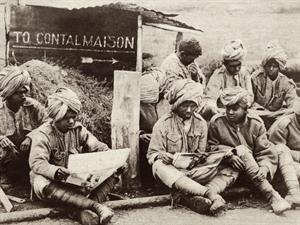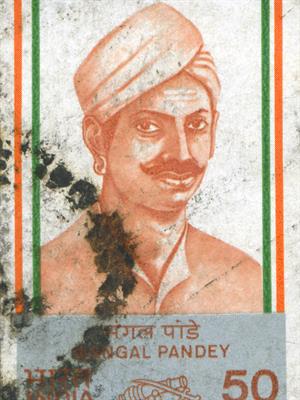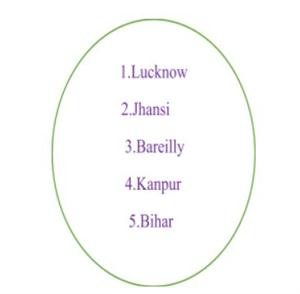
PUMPA - SMART LEARNING
எங்கள் ஆசிரியர்களுடன் 1-ஆன்-1 ஆலோசனை நேரத்தைப் பெறுங்கள். டாப்பர் ஆவதற்கு நாங்கள் பயிற்சி அளிப்போம்
Book Free DemoThe Genesis of 1857 Revolt:
- The road to this great revolt was not laid in a single day. This revolt of 1857 was a by-product of cumulative incidents like the death of Tipu Sultan, Vellore Mutiny and other resistance that took place in various parts of India.
- The draconian rules, brutal punishment and stringent economic policies and expansionist attitude of the British were the ultimate reasons that led to the biggest war in the pre-Independence period.
- This event of revolt was considered to be the first instance of organised resistance against the company rule in India.
Reasons that led to the Revolt:
1. Political cause: The Expansionist policy of the British caused severe unrest in the subcontinent; one such policy was “Doctrine of Lapse”- by which an adopted son of the ruler cannot rule the province. This policy agitated the rulers as many of them like Satara, Sambalpur and Jaitapur were annexed under the policy.
1. Political cause: The Expansionist policy of the British caused severe unrest in the subcontinent; one such policy was “Doctrine of Lapse”- by which an adopted son of the ruler cannot rule the province. This policy agitated the rulers as many of them like Satara, Sambalpur and Jaitapur were annexed under the policy.
Rani of Jhansi: She was the ruler of Jhansi who lost her husband during a war and planned to make her adopted son the next heir to the throne, which was not permitted by the policy of Doctrine of Lapse under British rule. This policy was introduced by Lord Dalhousie in 1840.
2. Socio-Religious cause: The British company slowly allowed their religious class to spread the message of Christianity and Western thoughts among the native people, which was seen as a threat to their orthodox practices. In addition to that the British, abolished child marriage and promoted widow remarriage which does not go well with the native people as it was seen as an interruption to the customs of the land.
3. Economic cause: The economic exploitation of the British by levying numerous taxes with higher tax rates on land revenue simmered discontent among the peasants that led to the rebellion.

The Indian Sepoys
4. Military cause: The Indian Sepoys under the British faced racial slurs and inferior treatment, which enraged them against the authority.
TRIGGERING POINT OF THE REVOLT
TRIGGERING POINT OF THE REVOLT

The Outburst:
1. The sentiment to refuse the use of cartridges was very high among the native sepoys working for the company. A particular incident from Barrakpur near Kolkata was the thread of the lethal bomb that was ready to detonate.
2. Mangal Pandey, the sepoy of the Bengal regiment, refused to use the cartridge and shot a British sepoy in an altercation. He was then caught and hanged by the company.

Mangal Pandey –Face of the Revolt
3. This incident spread like a wildfire which invoked popular sentiments among all the Indian sepoys from various regiments who marched towards Delhi by killing many British officers and announced their fight against the company with Bahadur Shah II as their leader.
Other centres of Revolt:


Reference:
Mangal Pandey –Face of the Revolt - rook76 / Shutterstock.com